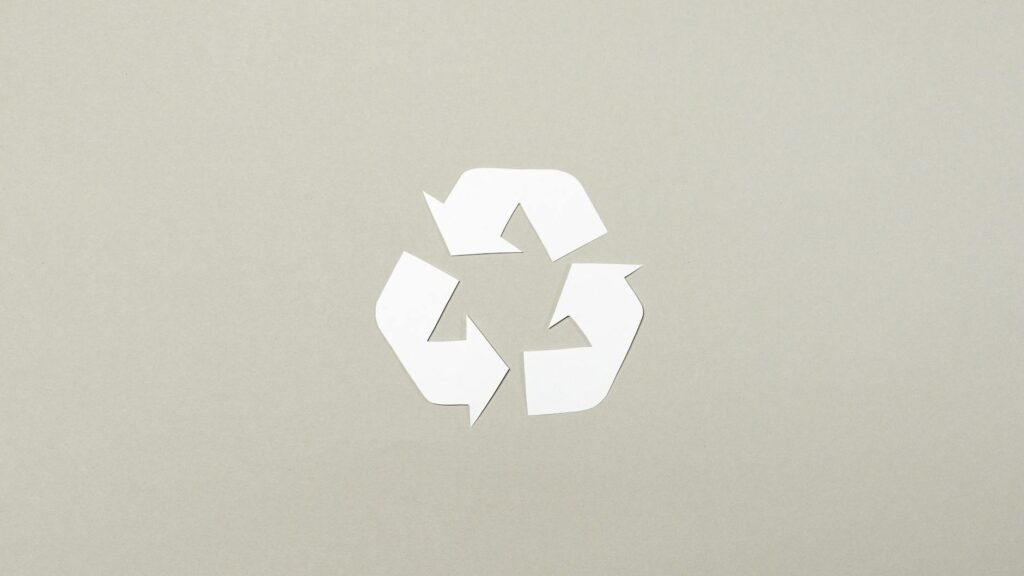What is interruptions reduction strategies?

What is interruptions reduction strategies?
In today’s fast-paced world, distractions are everywhere. Whether it’s the incessant ping of notifications or the lure of social media, interruptions can derail our productivity and focus. That’s where interruptions reduction strategies come into play. By implementing these techniques, you can create a more conducive environment for work and study, ultimately leading to improved efficiency and focus.
Understanding Interruptions and Their Impact
Interruptions are any events that disrupt your flow of work. They can be external, like phone calls and notifications, or internal, such as wandering thoughts and daydreaming. Understanding what interruptions are and how they affect us is crucial in identifying effective strategies to combat them.
Types of Interruptions
Interruptions can be broadly categorized into two types:
-
External Interruptions: These are disturbances that come from outside sources. Common examples include phone calls, emails, and messages. Even an unexpected knock at the door can break your concentration.
-
Internal Interruptions: These are self-generated distractions, like daydreaming or stress-induced thoughts about unfinished tasks. They can be even more challenging to manage since they stem from our own minds.
The Cost of Interruptions
The impact of interruptions on productivity is significant. Studies show that frequent disruptions can lead to stress, exhaustion, and increased error rates in work. Each time you get interrupted, it takes time to regain your focus. According to research, it can take up to 23 minutes to return to your previous level of concentration after an interruption. This reality underscores the importance of adopting effective interruptions reduction strategies to enhance productivity. For more on this, check out the impact of interruptions on productivity.
Effective Interruptions Reduction Strategies
To improve focus and productivity, consider employing a range of interruptions reduction strategies. Each technique can help you create a more focused work environment.
Creating a Distraction-Free Workspace
A cluttered workspace can attract distractions. Here are some tips to minimize interruptions in your physical environment:
- Declutter Your Space: Keep only essential items on your desk to create a clean, organized workspace. A tidy area can help you concentrate better.
- Use Noise-Canceling Tools: If you’re in a noisy environment, consider using noise-canceling headphones to block out distractions. Alternatively, play soft background music or white noise to help you focus.

Photo by Artem Podrez
Time Management Techniques
Implementing specific time management techniques can also help you stay focused. Here are a couple of popular methods:
- Pomodoro Technique: This method involves working for 25 minutes and then taking a 5-minute break. During the break, step away from your workspace to recharge. After four cycles, take a longer break. This technique not only reduces interruptions but also helps maintain high energy levels.
- Time Blocking: Allocate specific blocks of time for different tasks throughout your day. By scheduling your work, you create a structured plan that minimizes the chance for interruptions.
Utilizing Technology to Block Interruptions
Technology can be a double-edged sword. While it can cause distractions, it can also help reduce them. Consider using apps and tools designed to limit digital interruptions:
- Website Blockers: Tools like Cold Turkey or StayFocusd can help you block distracting websites during work hours.
- Focus Apps: Apps like Forest or Focus@Will provide a structured way to maintain concentration through gamified experiences or curated music.
Implementing and Maintaining Strategies
Integrating interruptions reduction strategies into your daily routine requires consistency and commitment. Here’s how to ensure these methods are effective over time.
Setting Personal Boundaries
Communicating your need for uninterrupted work time to colleagues, friends, or family members is vital. Let them know when you’re unavailable and how that time is essential for your productivity. You can use visual signals, like a “Do Not Disturb” sign, to reinforce these boundaries.
Regular Assessment and Adjustment
It’s crucial to periodically evaluate the effectiveness of the strategies you employ. Ask yourself:
- Are these methods helping me remain focused?
- What distractions still disrupt my workflow?
Regularly adjusting your approach allows you to refine your strategies, ensuring they remain effective as your work environment and personal needs evolve.
The Path to Enhanced Productivity
Adopting interruptions reduction strategies is essential for anyone looking to improve their focus and productivity. By understanding interruptions and implementing effective strategies to minimize them, you can reclaim your time and enhance your overall efficiency.
Now it’s your turn! Start taking actionable steps towards reducing interruptions in your life. Remember, every small change can add up to significant improvements in your productivity! For further tips, explore 10 ways to minimize interruptions and take control of your work environment today.